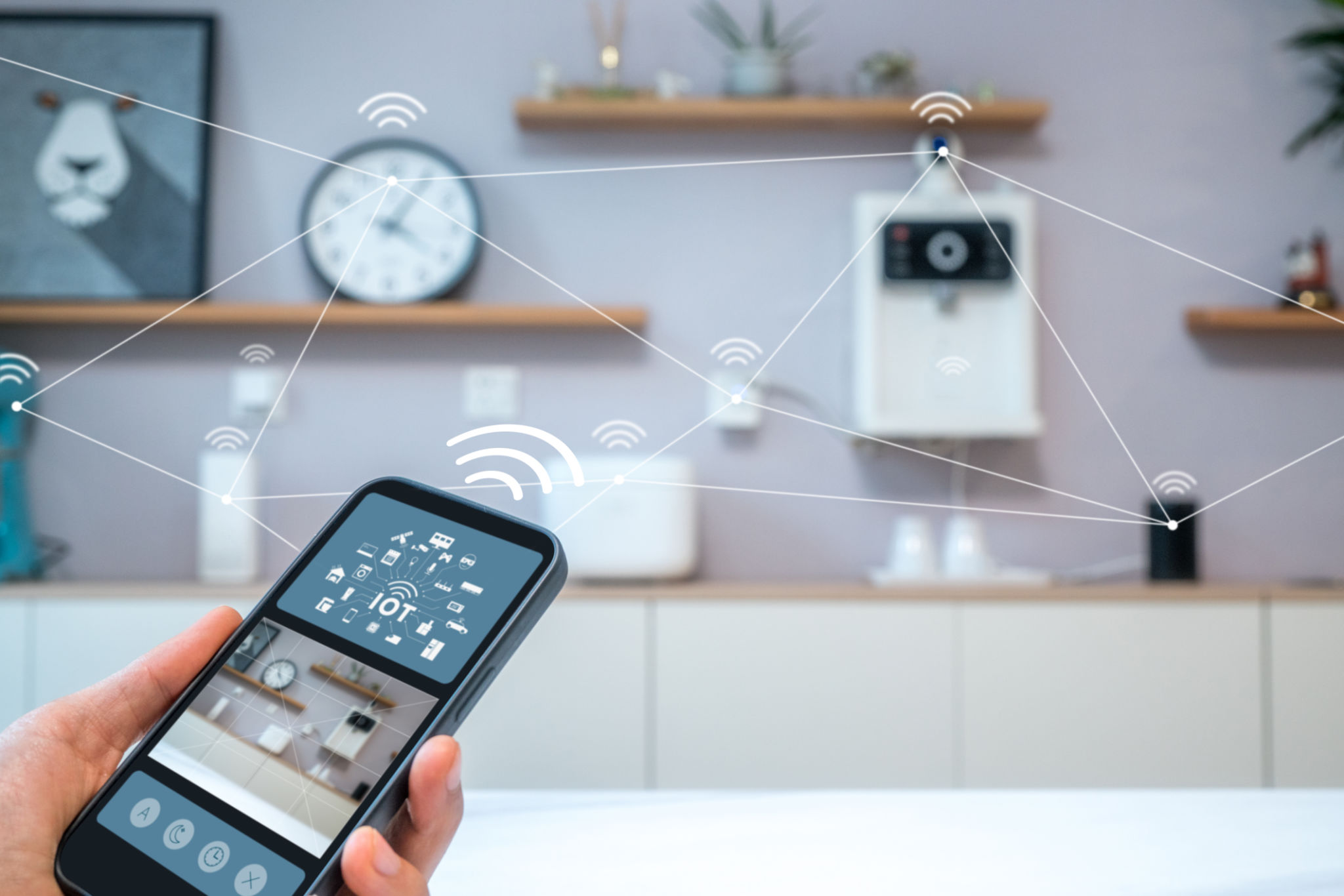Local Insights: Implementing AI and IoT for Efficient Infrastructure Maintenance in Georgia
Introduction to AI and IoT in Infrastructure Maintenance
Georgia is rapidly embracing technological advancements to enhance its infrastructure maintenance. The integration of Artificial Intelligence (AI) and the Internet of Things (IoT) is at the forefront of this transformation. These technologies are playing a crucial role in streamlining operations, reducing costs, and improving the longevity and reliability of infrastructure components across the state.
The state government and private sectors are collaborating to implement these technologies, ensuring that Georgia's infrastructure can meet the demands of a growing population and economy. By utilizing AI and IoT, infrastructure maintenance becomes more predictive rather than reactive, allowing for timely interventions and efficient resource allocation.

The Role of AI in Predictive Maintenance
AI is fundamentally altering how maintenance is conducted by enabling predictive capabilities. Through the analysis of historical data and real-time inputs, AI systems can forecast potential failures before they occur. This predictive maintenance model is significantly more cost-effective compared to traditional methods that rely on scheduled checks or waiting for breakdowns to happen.
In Georgia, AI-driven tools are being used to monitor bridges, roads, and other critical infrastructure. These tools analyze data from various sensors to detect anomalies and wear patterns. This means maintenance teams can focus their efforts where they are most needed, preventing costly repairs and reducing downtime.
Benefits of AI Implementation
- Improved accuracy in detecting potential issues
- Reduced maintenance costs through targeted interventions
- Increased safety for both workers and the public

Harnessing IoT for Real-Time Monitoring
The Internet of Things complements AI by providing the necessary data for analysis. IoT devices are strategically placed across various infrastructure components to collect real-time data on parameters such as temperature, vibration, and pressure. This continuous data flow is critical for AI systems to deliver accurate predictions.
In Georgia, IoT networks are expanding to cover more infrastructure segments. This expansion allows for comprehensive monitoring, ensuring that even the slightest changes in infrastructure conditions are noted and addressed promptly. The data collected by IoT devices is invaluable in forming a complete picture of infrastructure health.
Expanding IoT Applications
Aside from maintenance, IoT is also used for optimizing energy consumption in public buildings, managing traffic flow on highways, and enhancing water distribution systems. These applications demonstrate the versatility of IoT in improving infrastructure efficiency beyond maintenance alone.

Challenges and Considerations
While the benefits of AI and IoT are substantial, there are challenges that need addressing for successful implementation. Data security is a primary concern, as these systems handle vast amounts of sensitive information. Ensuring robust cybersecurity measures are in place is essential to protect against potential breaches.
Another consideration is the integration of these technologies with existing systems. Infrastructure in Georgia varies widely in age and condition, necessitating careful planning and execution when introducing new technologies. Training for personnel is also vital to ensure smooth operation and maintenance of these advanced systems.
The Future of Infrastructure Maintenance in Georgia
The future looks promising as Georgia continues to invest in AI and IoT for infrastructure maintenance. These technologies offer a sustainable path forward, enabling the state to maintain its assets efficiently while accommodating growth and development. With ongoing advancements, Georgia serves as a model for other regions looking to modernize their infrastructure management practices.
As more data is collected and analyzed, the predictive capabilities of AI will improve further, leading to even more precise maintenance scheduling. This evolution ensures that Georgia remains at the forefront of innovation, providing its residents with safe, reliable, and efficient infrastructure.
